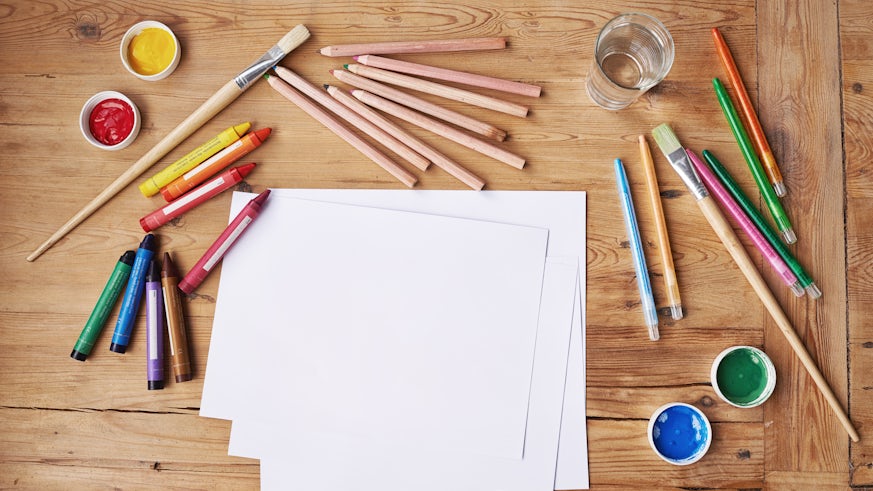People with hidden medical conditions create drawings to document the impact of lockdown
27 August 2020

People suffering from invisible diseases have explored the impact lockdown has had on them by drawing about their experiences.
The competition was organised by DrawingOut Invisible Diseases, a project by academics at Cardiff University.
DrawingOut is a research and patient support tool that gives people with invisible health conditions new ways to communicate.

It was inspired by Dr Lisa El Refaie and Dr Sofia Gameiro’s research which shows that visual metaphors can often express people’s illness experiences more creatively and accurately than just verbal descriptions. The research also shows that sharing such experiences with others can support mental health and lead to greater resilience.
Dr Sofia Gameiro, of the School of Psychology and who focuses on understanding and improving the healthcare experiences of infertile patients, said: “Lockdown has been difficult for everyone. But for people with invisible health conditions - such as endometriosis, ME, diabetes, and depression – it is likely to pose particular challenges. Many people with such conditions have had to self-isolate, increasing their sense of being left to deal with their symptoms on their own. This has been exacerbated by the postponement or cancellation of many healthcare appointments since the start of the pandemic.
“The most common theme we have seen from the competition entries was a sense of isolation and longing for human contact, especially when the lockdown rules had started to be eased for the rest of the population. However, some drawings also emphasized more positive aspects of the lockdown, such as the feeling of being ‘cocooned’ by the love and care of those around them, and the opportunity to engage with creative activities.”
Drawings can be a very powerful communication tool and our ongoing research suggest that works created with the DrawingOut method create more empathetic responses from people than textbook descriptions of the psychosocial impact of diseases.
Several face-to-face DrawingOut workshops and other events that were scheduled for the spring had to be cancelled due to Covid-19. Instead, the researchers launched a drawing competition to encourage people with invisible illness to share their thoughts and feelings about the lockdown, and to help raise awareness of their particular circumstances.

In their accompanying commentary, the anonymous artist who won the competition said: “The lockdown and the subsequent shielding I have to do has turned me into a green-eyed monster, jealous of all who have freedom, are allowed to meet and hug or be close. I cry because it’s an alien feeling, although I’m safe, I feel ugly and alienated.”
Of the winning entry, judges said: “The most visceral and expressive image of the distress of lockdown on top of already having an illness. It encapsulates desperation and compassion equally, and on closer look there is something poignant about the arms seeming to flail around not able to make contact, and the meaning given to the space in between.”
Dr Lisa El Refaie, based in the School of English, Communication and Philosophy, said: “Some of the competition entrants were clearly already very skilful visual artists, but many of the most moving drawings were created by people whose style suggests a lack of any formal training. This shows that DrawingOut can benefit anyone, whatever their level of artistic training or experience.”

“The three judges – all artists who are themselves affected by invisible illness and who have created visual artwork about this – were extremely impressed by the high quality of the artwork and the many powerful and moving ways that people had found to express their experiences. Although they found it hard to choose just three winners, in the end they were able to reach a unanimous decision about which drawings conveyed the experience of living in lockdown with an invisible health condition most vividly and originally.”
The full list of winners can be viewed here.
Share this story
The School combines the highest levels of traditional scholarship with innovative approaches to its core interests in language, communication, literature, critical theory, and philosophy.




